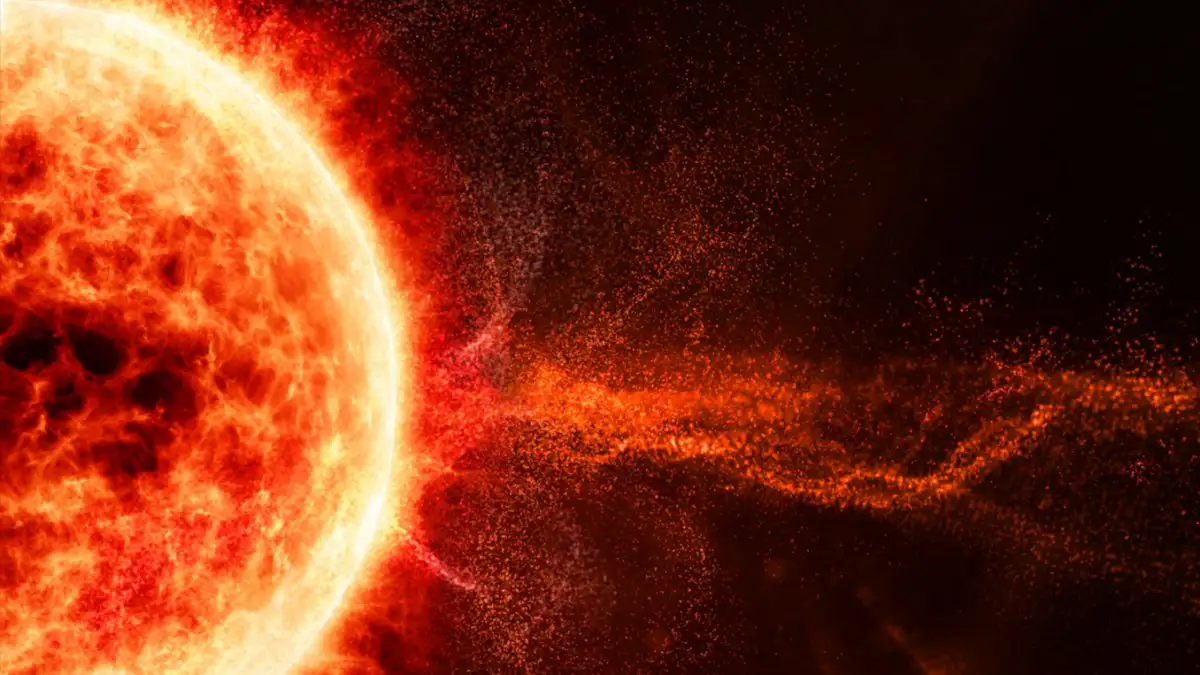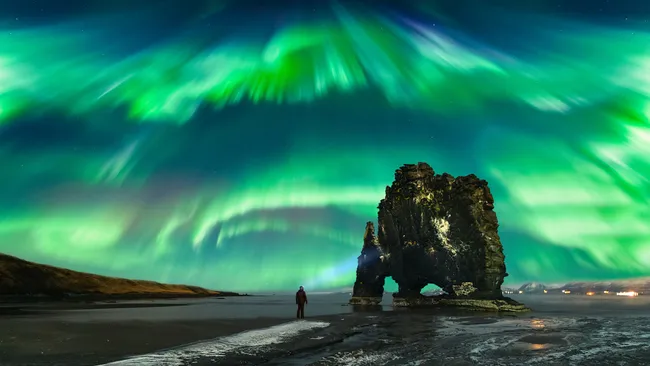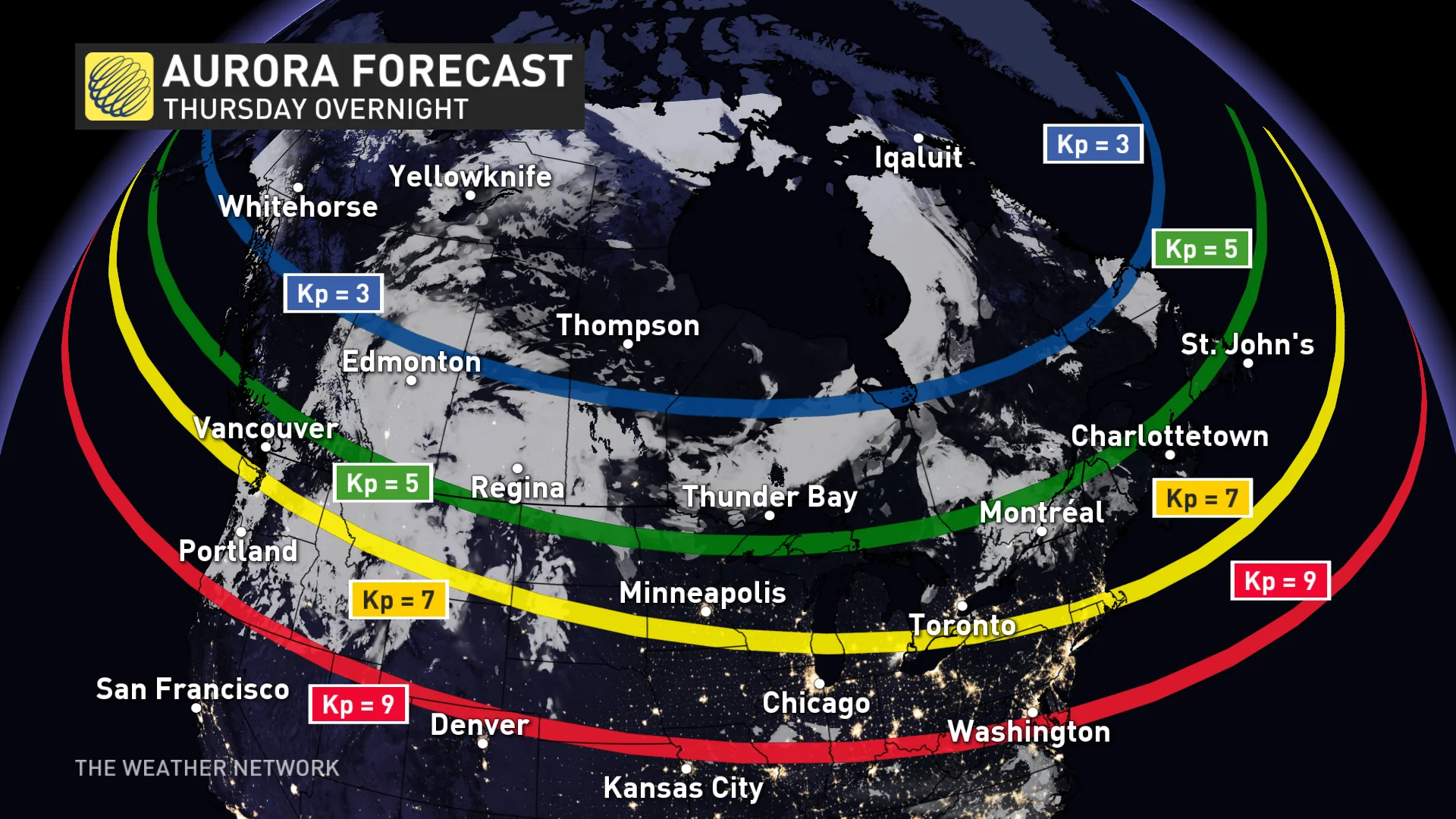In an exciting yet cautionary development for skywatchers, space weather experts have issued a Northern Lights warning due to six severe solar storms expected to hit Earth in the coming months. These storms, triggered by powerful eruptions from the sun, are likely to create spectacular auroras visible in unusually low-latitude areas. However, the storms’ intensity also poses potential risks to satellite operations, power grids, and communication systems, prompting a call for preparedness as the arrival dates of these solar storms draw near.
Solar storms are caused by the release of immense energy from the sun, often in the form of coronal mass ejections (CMEs), which propel clouds of charged particles into space. When these particles interact with Earth’s magnetic field, they can spark stunning light displays known as auroras, or the Northern and Southern Lights. According to Dr. Peter Jennings, a renowned solar physicist and space weather expert, the coming months could see increased aurora activity due to six high-intensity solar storms, likely visible over large parts of North America, Northern Europe, and even at latitudes as low as the northern United States and Central Europe.
The first of these solar storms is predicted to arrive within the next two weeks, with five more expected in intervals throughout the winter season. Each storm has the potential to create vibrant auroras, with colors ranging from green and blue to shades of red and purple, as particles collide with atoms in Earth’s atmosphere, exciting them and releasing energy in the form of colorful lights. For those in regions where auroras are rare, this forecast provides a unique opportunity to witness this awe-inspiring natural phenomenon.
However, Dr. Jennings warns that the intensity of these storms is not only significant for aurora chasers. Severe solar storms can interfere with satellite technology, disrupt global positioning systems (GPS), and cause fluctuations in power grids, especially in areas near the poles. Airlines may also have to reroute flights in high-latitude zones to minimize potential radio communication disruptions. The geomagnetic disturbances resulting from these solar storms could even cause temporary blackouts or affect the operations of spacecraft in Earth’s orbit, making monitoring and preparedness crucial.
Space weather monitoring agencies, including NASA and the National Oceanic and Atmospheric Administration (NOAA), have heightened their alert levels and are coordinating with power grid operators, satellite companies, and airline industries to prepare for possible impacts. The agencies utilize advanced solar observatories to track sunspot activity and forecast CME events, allowing them to issue warnings up to several days before a solar storm reaches Earth. This level of preparedness is especially vital for companies and governments that rely heavily on satellite communications and power grids in regions more vulnerable to geomagnetic storms.
For individuals, Dr. Jennings suggests some practical ways to prepare, especially for those in areas likely to experience power fluctuations or satellite disruptions. He advises staying informed through reliable space weather updates, as agencies like NOAA offer forecasts and real-time tracking. Additionally, those planning to travel in affected regions may consider staying updated on airline advisories, as high-latitude flights may face delays or reroutes due to communication challenges.
For skywatchers and photographers, the coming months represent an incredible opportunity to capture the Northern Lights. Experts suggest finding a dark, clear-sky location far from city lights to maximize visibility and bring along a camera capable of long-exposure photography to capture the auroras in their full beauty. With six powerful solar storms on the horizon, this winter promises to be an unforgettable season for aurora enthusiasts.
While these solar storms carry risks, they also offer a rare glimpse into the spectacular forces of nature, connecting us to the vast and dynamic cosmos. As we prepare for the potential impacts, the beauty of the Northern Lights will remind us of the wonders—and challenges—that come with living on our planet under the sun’s influence.





